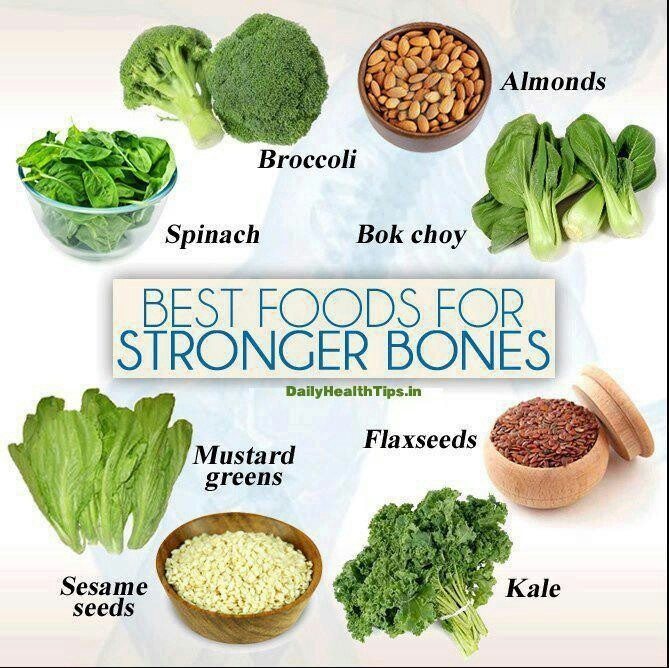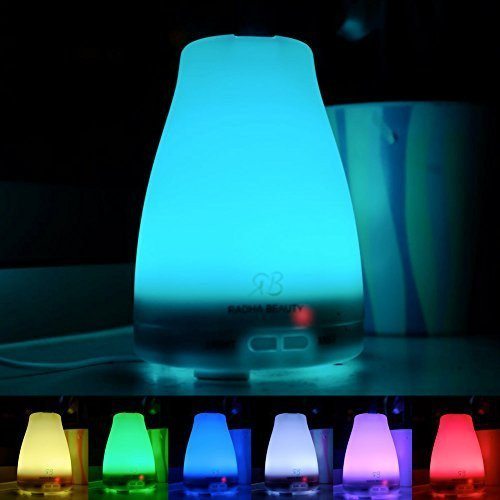Category: Articles

Bone Breakers and Bone Builders
By Nancy Mehlert, MS Bone Breakers – Here are foods that suck the life and strength from your bones. Sugar - When cellular glucose (sugar) levels rise too high from consuming sugar, the body cannot completely process it, resulting in the formation of acids which over-acidify the body. The body reacts by pulling calcium and…
Read More
Pure PaleoMeal
Pure PaleoMeal is a Designs for Health protein meal replacement powder that is ideal for alkalizing the body, healing and supporting bone health, and getting back on track with diet when we have slipped away into acidic foods, too much caffeine and processed foods. Non-GMO and Gluten free, this protein is sourced from beef and…
Read More
Essential Oil Diffuser
Now available in our office, this simple to use, electric essential oil diffuser by Radha Beauty is small enough to use on a desk, in an office or dorm room, or anywhere in your home. It is peaceful and calming to look at as it gently rotates through a soothing color spectrum. Sold for $24.99…
Read More
How to Buy Quality Meat
Here are the key points you need to know in order to purchase quality meat, especially beef. Source carefully, ask questions and buy from reputable places. Consider ButcherBox.com or check out www.EatWild.com as reliable places to start. Dr. Mercola, at www.mercola.com, also has many articles with lists of places and organizations to find clean, sustainable…
Read More
Fake Food: You Don’t Always Get What You Want (or think you bought)
This month we’re focusing on BEEF. Traditionally, cattle were grass fed from start to finish. As little as three generations ago, a steer was fed grass its entire life and was not slaughtered for market until the age of four or five years old. Today, through misguided policies and government subsidies, our nation has figured…
Read More“…reflecting on how far I have come.”
[expand title="...reflecting on how far I have come."] "Dr. McManus......I am having one of those days today where I am reflecting on how far I have come. I looked back and realized that my life changed the day I met with you on 2/6/09! You literally changed the course of my life! I was overcome…
Read More
You Don’t Always Get What You Want (or think you bought)
by Mila McManus MD and Nancy Mehlert MS There is no question, that if you knew everything about your food and what the FDA considers “acceptable”, you would be shocked. It may surprise you (or not) that the FDA doesn't have the resources to pursue all the fraud in the marketplace. And like so much in…
Read MoreHow to Avoid Fake Fish and Fake Olive Oil
The following ideas are taken from Larry Olmsted’s book Real Food, Fake Food published in 2016. Mr. Olmsted is a food and travel columnist at Forbes.com, a writer, and teaches nonfiction writing at Dartmouth College. He loves food, gardening, travel and trying exotic new foods. He became perplexed at why food in other countries did…
Read More
Hearts of Palm Salad
Serves 4 3 Tablespoons of Water 2 Tablespoons of Lime Juice 1 ½ Tablespoons of extra virgin olive oil ¼ teaspoon sea salt ¼ teaspoon fresh ground black pepper 3 Tablespoons sliced scallions 2 Tablespoons fresh cilantro, chopped 14 ounce can or jar of hearts of palm, drained and sliced ½ inch thick 2 small…
Read More
Take Charge of Your Health
We believe in empowering you to be an active participant in your health journey. With our guidance, simple lifestyle adjustments can yield profound results. Let us be the bridge to a healthier, happier you.
SCHEDULE AN APPOINTMENT